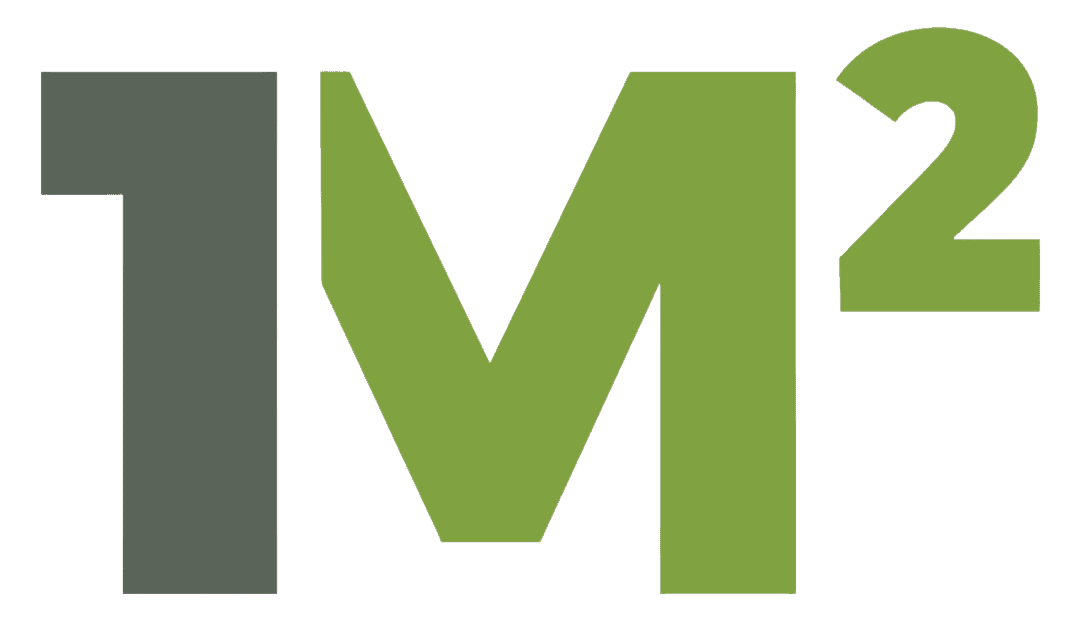We appreciate you getting back here in the thread, @amc62. We’ll help you fix zero balances when reconciling an account inside QuickBooks Desktop (QBDT). You can make changes to past reconciliations, but be careful.
This article guides users through the detailed steps on how to reconcile in QuickBooks (Online and Desktop), ensuring their financial data aligns seamlessly with bank and credit card statements. If a transaction matches, mark it as reconciled by placing a checkmark next to its amount in QuickBooks Online. Transactions added or matched from online banking are usually pre-selected for convenience.
- Give your customers the option to pay via credit card, debit card, PayPal, or bank transfer.
- You can always message me so I can get back to you as soon as possible.
- If there are transactions from the previous month that are cleared in this month, you have to reconcile them in the current month’s reconciliation.
- Neglecting the practice of regular reconciliation can expose your business to several risks.
Thankfully, learning how to reconcile in QuickBooks Online to close your books can help ease that burden. QuickBooks has built-in compatibility with time-tracking and payroll. Employees log their hours, you review and approve them, and QuickBooks does the rest. Cut checks or pay employees via direct deposit, issue W2s at tax time, and file taxes electronically – all from QuickBooks. For those new to QuickBooks or reconciliation, the process might seem daunting at first. However, with consistent practice and attention to detail, it becomes a manageable and integral part of your financial routine.
Step 1: Sign in to QuickBooks Online
It needs to match the balance of your real-life bank account for the day you decided to start tracking transactions in QuickBooks. When reconciling an account, the first bit of information you need is the opening balance. If you choose to connect your bank and credit cards to your online account, QuickBooks will automatically bring over transactions and also the opening balance for you.
There are times, they don’t include transactions that were still pending when you created the account. Remember, the opening balance is the balance of your bank account on the day you choose to start tracking transactions. With bank statement in-hand, you can systematically check off matching transactions one-by-one by clicking their boxes. The bottom of the screen contains a running total of items you have checked off, and thus have been reconciled.
Once you’re done, you should see a difference of $0, which means your books are balanced. You can also make small edits if needed right within this window. For example, if the writing off an account under the allowance method payee is wrong, you can click on the transaction to expand the view and then select Edit. You have clicked a link to a site outside of the QuickBooks or ProFile Communities.
Intuit,
The next step is to identify any discrepancies between these two sets of records, which could be due to errors, omitted entries, or timing differences in recognizing transactions. Once these discrepancies are identified, they need to be thoroughly investigated. For instance, if a check issued by the company has not been cashed, it would show up in the company’s records but not on the bank statement. The beginning balance amount should match what’s on your bank statement for the same start day. That being said, you can fix the opening balance by entering the balance of your real-life bank account.
What is Procurement in Business: A Comprehensive Guide to Efficient Business Procurement
Once everything matches and the difference is $0, select Finish Now. This website is using a security service to protect itself from online attacks. The action you just performed triggered the security solution. There are several actions that could trigger this block including submitting a certain word or phrase, a SQL command or malformed data. Ask questions, get answers, and join our large community of QuickBooks users. If you forgot to enter an opening balance in QuickBooks in the past, don’t worry.
How Synder can ease the reconciliation process
For reviewing past reconciliations, navigate to the Reports menu and select Reports Center. From here, you can access Previous Reconciliation reports. Choose the account you’ve reconciled and select the type of report you need, whether it’s detailed, summary, or both. If you recently entered older transactions dated before your opening balance, here’s how to reconcile them. Remember, after undoing a previously reconciled transaction, you may need to re-reconcile to keep your books accurate. Also, it’s always a good idea to consult your accountant or financial advisor before making these changes.
Additional step: Run reconciliation reports
When recording transactions in QuickBooks it’s important to ensure accuracy and completeness. This process involves checking that all income and sales are correctly entered and categorized. Additionally, verify that all expenses, including bills, receipts, and cash transactions, are up to date. I had already added an opening balance via a journal entry. When I try to reconcile, it gives me an error saying “Your account isn’t ready to reconcile yet. Your beginning balance is off by _______”.
All business owners, bookkeepers, or commerce managers must know how to reconcile within QuickBooks. However, the right technology can simplify the process while organizing orders and transactions. Businesses can keep their accounts in order, spot unusual or fraudulent transactions, and avoid issues during audits by reconciling regularly. Business owners use reconciliation to uncover errors or discrepancies that might have occurred during data entry or transaction recording.

